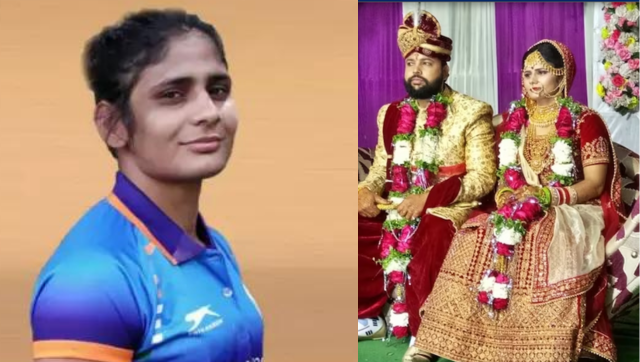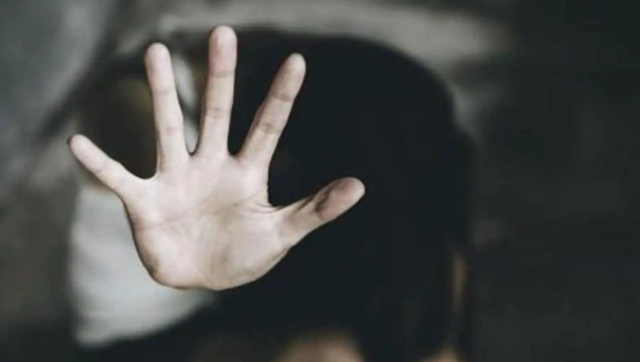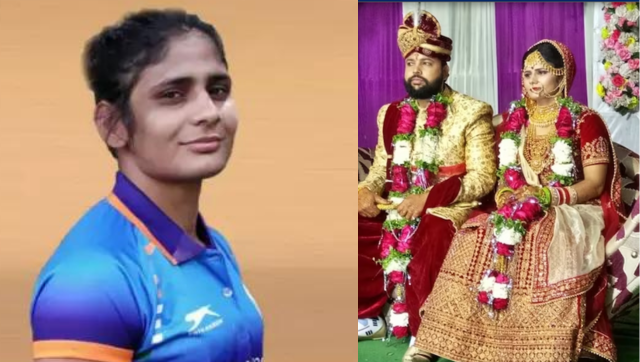Three-month-old baby Afreen succumbed to her injuries on Wednesday in a Bangalore hospital. She was physically tortured by her father.
On 16 March, two-year-old baby Falak, died at AIIMS in New Delhi. She was also a victim of physical violence.
These two cases brought to the fore, a reality being suffered by countless girl children in India, that is hardly ever reported.
A 2011 report by the UN-DESA (United Nations Department of Economic and Social Affairs) shows that India has the highest rate of female child mortality among the 150 countries surveyed, which also included the LDRs (less developed regions). The report also points out that India has the largest gender-based difference in child mortality.
A girl child in India, who is between the ages of 1 to 5 years, is 75 percent more likely to die than a boy in the same age category, the report added.
This data appears more stark when read along with the recent data provided by the Union home ministry which indicated a drop in infant mortality rate in India to a national average of 47 to every 1,000 births. There has been an overall drop in violence in India too.
What makes for these female deaths? A 2011 report from a study conducted jointly by the Indian Council of Medical Research and the Harvard School of Public Health, published in Archives of Pediatrics and Adolescent Medicine, established that girls under the age of five years in India were dying at an abnormally high rate because of the prevalence of domestic violence in their homes.
In India, female infanticide has been systematically made part of the societal practices. Each region has its well-established methods to kill the female child which includes drowning the baby in a bucket of water, feeding her salt on burying her alive in an earthen pot.
A study by the Registrar General of India published in 2010 in medical journal, The Lancet, pointed to a curious factor. It said, girls in India, between the age of one month to five years were dying of pneumonia and diarrhea at a rate that is 4-5 times higher than their male counterparts of the same age.
Inducing pneumonia is one of the modern methods of killing the girl child, says author Gita Aravamudan in her book Disappearing Daughters.
Whatever be the method,the root cause of the abuse of girl child in India can be traced to its culture .
In India corporal punishment is still viewed as a normal practice, which makes it difficult for one to judge whether the violence going on in a neighbour’s home is a simple ‘punishment’ or child abuse. But more importantly, the monitoring system fails at the very outset , when the child is brought to the hospital:
In medical education, the specialties that should specifically deal with battered child syndrome are Pediatrics and Forensic Medicine. Searches of various Indian textbooks that are commonly used by students in various regions of the country show that most of them do not vividly cover the topic. The textbooks that do mention it, do not have specific instructions as to what the doctor’s or nurse’s action should be, should they suspect battered child syndrome. Under such circumstances, the chance of child battery being reported to any authority is very slim. It is rare that doctors take the trouble of reporting and insisting on the child’s welfare in terms of changing custody and involving police and child welfare organizations
This leads to most cases of child abuse and violence go unreported. The absence of an official agency to look into specifically child abuse, only aggravates this menace.
The key is to bring changes both at the societal as well as the legal level, and to improve ongoing monitoring of a girl child’s welfare, be it at the hospital or in the local anganwadi. A change in perception of a girl’s role in society backed by laws punishing perpetrators of child abuse are the only ways to make a difference.


)




)
)
)
)
)
)
)
)